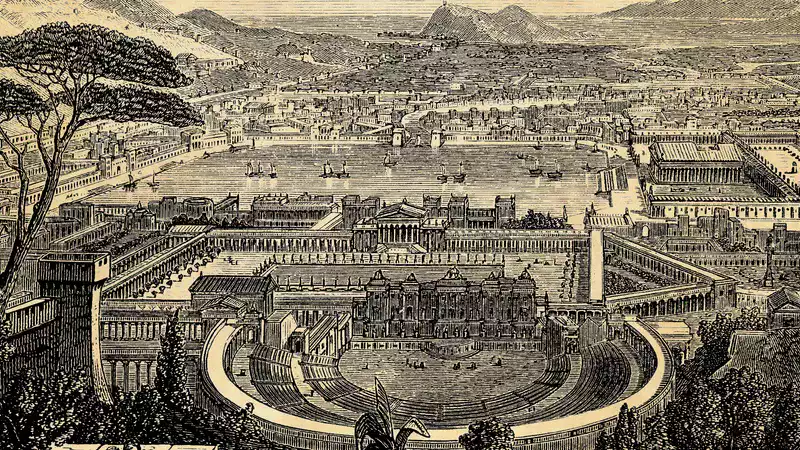The fifth plague of the Apocalypse. Detail of a manuscript (974) from the archives of the Cathedral of Gerona, Spain. In Revelation 9:7-10 it can be read: The appearance of these locusts was similar to horses prepared for war; on their heads they had crowns that seemed to be made of gold; their faces were like human faces; they had hair like the hair of a woman, and their teeth were like a lion’s; they had breastplates like iron breastplates, and the noise of their wings like the roar of chariots with many horses rushing into battle; they have tails similar to those of scorpions, with stingers, and in their tails, the power to cause harm to men for five months.
INTRODUCTION
This book deals with the letters addressed to the seven churches of Asia Minor that appear in the Apocalypse of Saint John of Patmos, also known as Saint John the Theologian or the Divine. The author of this book was a tour guide and has visited the destinations on these charts so many times and with so many travelers that the way in which the book is approached may interest the general public more than other books written by archaeologists, historians, or clerics The Apocalypse of Saint John, the last book of the Bible, is probably the most difficult to understand because of its symbolic language. It represents a typical example of the literature known as apocalyptic, that is to say, the one related to the revelation of the secrets in relation to the end of the world. As a consequence of the successive failed attempts of the Jews to found a just and prosperous kingdom between the 3rd centuries BC and | A.D., eschatological hopes and expectations increased, hence the popularity of apocalyptic literature.
The Book of Daniel, written in the 2nd century B.C. to encourage jews persecuted by the Seleucid king Antiochus IV Epiphanes (175 – 164 B.C.), is the best example of this type of literature known to date.
Due to the few excavations carried out, not much is known about the culture of early Christianity in these cities. In these cities, no ruins of churches prior to the mid-fourth century have been found; the oldest probably date from the time of the Byzantine Emperor Constantine (337-61), son of Constantine the Great. Even if there were earlier churches, they were probably destroyed during Diocletian’s persecutions, which began in 303. In any case, the chances of finding churches from this period are slim, as Christians are believed to have gathered to pray in homes, caves or outdoors. After the introduction to the history of the region, the most relevant historical details will be briefly repeated in the history of each city. Turkish names appear in parentheses the first time they are mentioned. As regards the quotations from the Bible, all have been taken from the Jerusalem Bible, 1998 edition, Bilbao (Spain), and appear in italics. When it is not explicitly stated whether the dates are before Christ (BC) or after Christ (AD), they are understood to be after Christ.
Gold jewelry found at Troy Il (approximately 2600-2450 B.C.). Istanbul Archaeological Museum.




